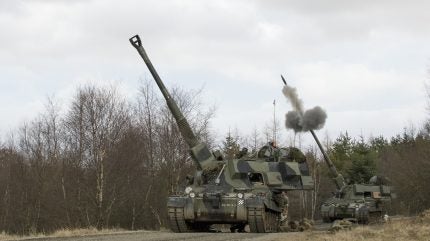
The forthcoming acquisition by the UK of a next-generation artillery system for the British Army under the Mobile Fire Platform (MFP) programme has reignited the tracks versus wheels debate, with the incumbent AS90 tracked self-propelled howitzer (SPH) already partially replaced, albeit on an interim basis, by a mobile, wheeled rival.
Reiterating the timeline for the British Army’s MFP programme, UK Defence Procurement Minister James Cartlidge stated in early April that the country would see a next-generation artillery system acquired “within five years”.

Discover B2B Marketing That Performs
Combine business intelligence and editorial excellence to reach engaged professionals across 36 leading media platforms.
Cartlidge’s reference to a five-year timeline is well accepted, with the programme currently at the stage of seeking approval to commence an Assessment Phase and being processed through cross UK Government channels, for formal endorsement.
“[Mobile Fires Platform] will be procured within five years, which in many ways didn’t sound that quick but it is as you all know compared to what’s gone on before on our major platforms,” said Cartlidge, speaking on 9 April at the Military Robotics and Autonomous Systems Conference in London.
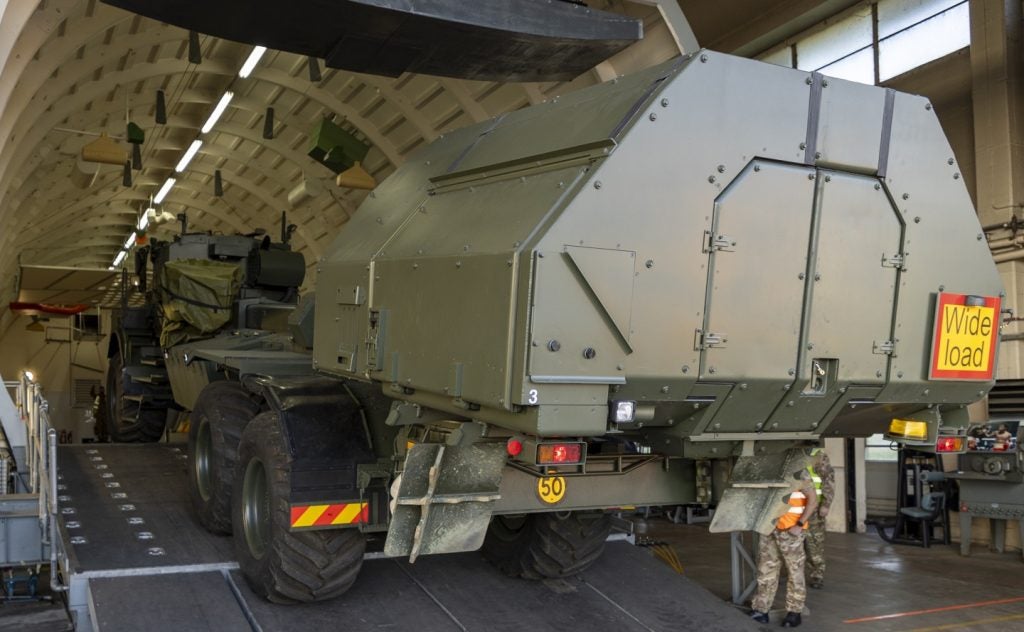
However, such is the importance of the programme and the need to delivery a viable, workable, SPH system to the British Army that this timeline could be expedited in a bid to speed up the delivery.
The UK Ministry of Defence (MoD) moved to acquire an interim artillery capability following the provision of 32 in-service tracked AS90 155mm SPHs to Ukraine, subsequently taking delivery of the first batch of an eventual 14 Archer 155mm wheeled SPHs in Q4 2023 to fill the capability gap.

US Tariffs are shifting - will you react or anticipate?
Don’t let policy changes catch you off guard. Stay proactive with real-time data and expert analysis.
By GlobalDataMFP programme “fundamental” to British Army
The importance of the MFP programme to the British Army cannot be overestimated, with the real-world lessons of the applicability of artillery being seen daily in the Ukraine-Russia war, a conflict in which perhaps the determining factor for success is the availability of long-range fire support and ammunition provision.
James Marques, GlobalData defence analyst, described the MFP as “fundamental” to the British Army’s modernisation plans in the medium term.
“Discussing any sort of generating a conventional warfare formation without adequate artillery is a non-starter,” Marques said, adding the British Army had “a lot to figure out” in terms of the intended range and ammunition of the MFP programme.
“I believe that the initial timeline given [in 2023] was based on AS90’s original retirement date, but since donating some of those to Ukraine and the security situation more broadly I wouldn’t be surprised if there are aspirations to get it done sooner, [and] would be a good example for the MoD of overcoming previous procurement problems,” Marques explained.
For the short term up until the late-2020s, the British Army will continue with its remaining 57 AS90 SPHs and the gradual introduction of the 14 Archer platforms.
Is it a tracks versus wheels equation for the MFP?
At the time of publishing, several SPHs are likely to be put forward for a future formal British Army MFP programme requirement, including the Archer platform through a European consortium led by BAE Systems, the South Korean K9A2 ‘Thunder’ manufactured by Hanwha Defense, or, potentially, a turreted 155mm artillery variant of the Boxer armoured vehicle.
Each will have its own strengths, with the UK MoD still to formalise platform requirements. According to GlobalData’s ‘The UK Defense Market 2023-2028 report‘, the MFP programme acquisition is expected to cost approximately $990m (£802m).
One aspect to consider is the ‘mobility’ of the MFP, which creeps into the age-old debate of ‘tracks-versus-wheels’ and whether a replacement to the tracked AS90 should be similarly driven.
“There will probably be a very long discussion of tracked versus wheeled, keeping in mind that if you want artillery that can work alongside the new Boxer vehicle, then wheeled for added mobility is probably quite important,” Marques detailed.
British Army MFP: the possible contenders
With much at stake for MFP, below are some of the virtually confirmed or potential contenders for the programme.
Archer wheeled 155mm SPH
An Archer artillery alliance, led by BAE Systems, Babcock, and Rheinmetall BAE Systems Land, has been established to offer the Archer as a solution to the UK’s MFP programme.
Announcing the formation of the consortium in December 2023, BAE Systems stated that it would provide the FH77 BW L52 155mm main gun system, manage the assembly, integration, and test facility, and transfer technology from its Swedish production line at BAE Systems Bofors to establish a UK-based MFP industrial capacity.
Babcock International Group would contribute to superstructure consolidation and ammunition resupply, with Rheinmetall BAE Systems Land (RBSL) taking the lead for the RMMV HX 8×8 truck chassis and cabin preparation for integration with the Archer artillery system.
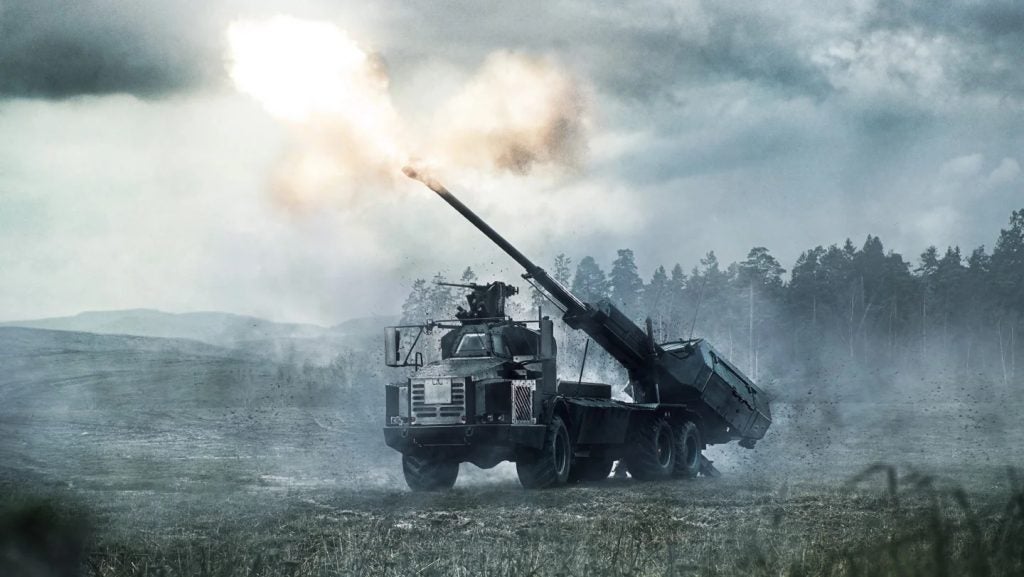
At the point of award, the Archer interim 155mm capability would have been in British Army service for several years, offering perhaps the most comprehensive testing and evaluation of a probable MFP contender.
BAE Systems Bofors information states that the Archer 155mm SPH can fire six rounds, displace, and move 500m in less than two minutes, while the crew remains in an armoured cabin. The system can fire both conventional artillery ammunition as well as BONUS anti-armour and Excalibur extended-range precision-guided munition, which can fire out to 57km.
K9 Thunder 155 SPH
The K9 Thunder is a 155mm/52 calibre SPH developed by Hanwha Defense for the Republic of Korea Armed Forces. Development of the platform began in 1989, with the prototype rolled out and tested in 1996. The design phase was completed in 1998 and serial production began in 1999.
Since then, the K9 has been upgraded, with the platform seeing notable export successes with programme wins in Turkey, Australia, and Poland.
GlobalData’s K9 project entry data indicates that the SPH is capable of firing a burst rate of fire of three rounds per 15 seconds and a maximum rate of fire of six to eight rounds a minute for three minutes. The sustained rate of fire is two to three rounds a minute for one hour.
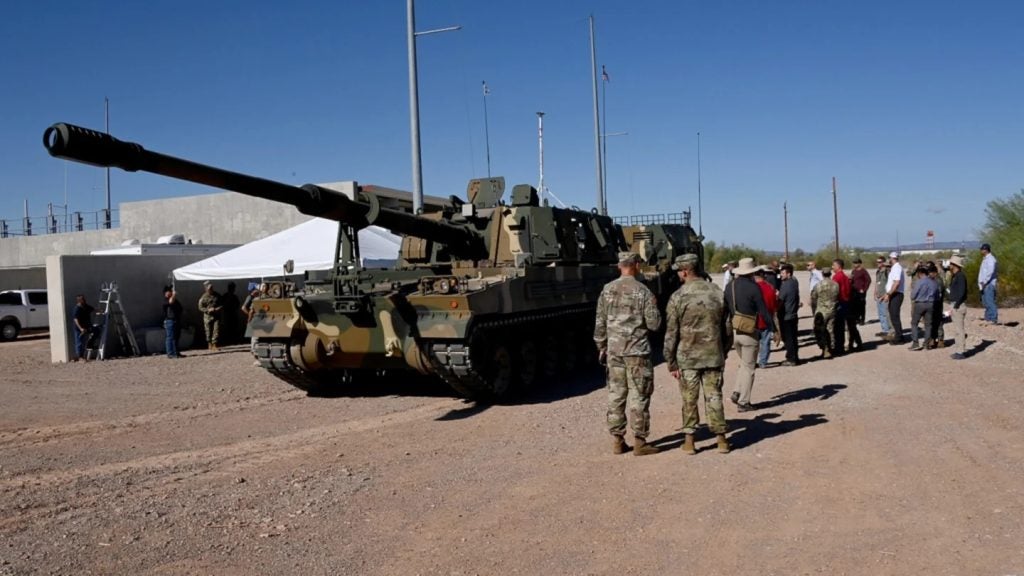
The gun can fire a standard M107 high-explosive (HE) projectile for a maximum range of 18km, and out to 30km using a HE rocket-assisted projectile (RAP). The K9 Thunder can also fire a K307 projectile with a modular charge of six zones for a maximum range of over 40km.
Hanhwa is likely to propose the more modern K9A2 variant for the UK’s MFP programme and would feature mine protection kits, an unmanned turret, and composite rubber tracks. The Team Thunder consortium includes Lockheed Martin UK, Leonardo UK, Pearson Engineering, Horstman Defence Group, and Soucy Defense.
Boxer 155mm artillery variant
Another wheeled option could be provided with the in-development Remote-Controlled Howitzer 155mm (RCH 155), which sees the combination of the 8×8 Boxer armoured vehicle with an Artillery Gun Module (AGM), from German-OEM Krauss-Maffei Wegmann.
The system is based on the German Army’s PzH 2000 SPH, intending to mix the mobility of the Boxer platform with the firepower of its tracked cousin.
The RCH 155 can fire up to nine rounds per minute to a range of up to 40km with standard ammunition, increasing to a potential 54km using extended-range munitions. The AGM of the RCH 155 is uncrewed, with the platform operated by a driver/operator and commander from the front cabin.
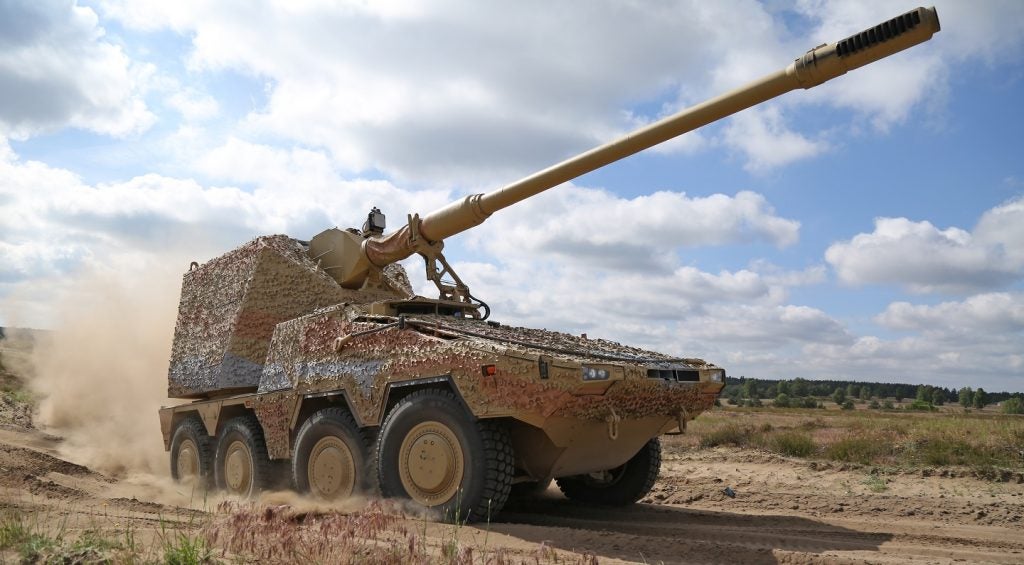
With the British Army pushing towards commonality among its mobile platforms, consolidating a range of disparate platforms acquired through various UORs and other procurements, a Boxer-related option could provide attractive. The British Army has ordered more than 600 Boxer vehicles for its force structure, covering 11 different roles, and will form the backbone of armoured mobility over the next generation.
An alternative solution?
It should be noted that with requirements still to be determined, it is not certain whether the UK will seek an SPH-type system to provide its MFP capability.
It was reported by Army Technology in 2022 that the UK was exploring ways to expand its M270 Multiple Launch Rocket System (MLRS) fleet to increase the quantity and quality of the British Army’s long-range fire capability and was also seeking munitions that could be fired at ranges of up to 150km.
Other tracked options could also be in the running such as the M109 Paladin operated by the US, which recently was revealed to have been given an extended production run to cater for the artillery demand in the wake of the Ukraine-Russia war.
It is thought that the UK could issue a Request for Proposal later this year, at which point the industry would formally present the MoD with possible solutions.
Additional reporting from John Hill and Harry McNeil.



